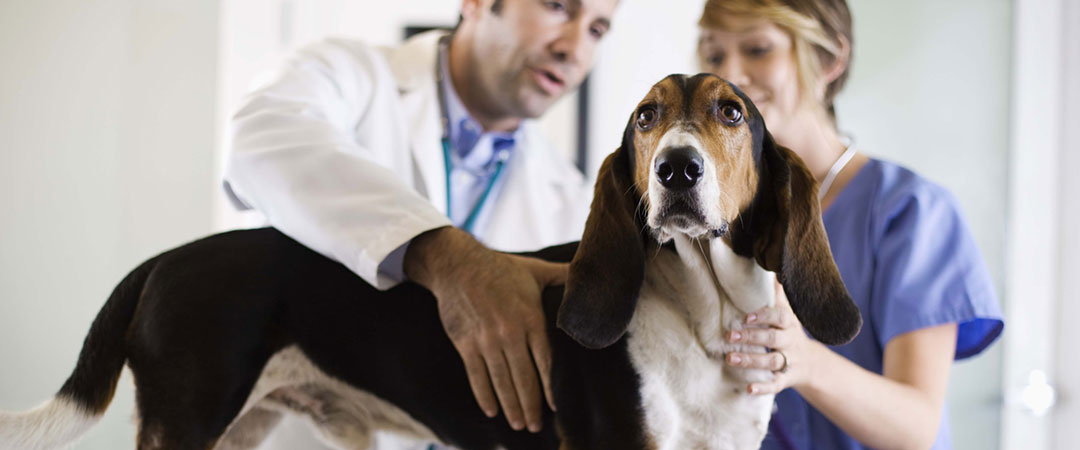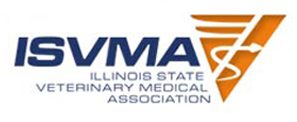Veterinary Professions
Veterinarians are highly valued and there are many careers within the profession.
Veterinarians protect the health and welfare of animals and people through many different types of veterinary professions.
In the United States, approximately 75% of all veterinarians are in private clinical practice. Of those, about 58% are engaged in exclusively small animal practice in which they treat only companion animals.
Approximately 18% limit their practice to the care of farm animals or horses. Another 19% are involved in what is known as mixed (or general) animal practice. Their patients include all types of pets, horses, and livestock.
Private Practice
Veterinarians in private clinical practice are responsible for the health of approximately 53 million dogs and 59 million cats. Bird ownership has risen over the past 5 years from 11 million in 1991 to approximately 13 million birds. The number of pleasure horses in the U.S. is about 4 million. Other pets such as rabbits, ferrets, guinea pigs, hamsters, gerbils, other rodents, turtles, snakes, lizards, other reptiles and many other animals primarily kept as companion animals. Rabbits and ferrets are owned by 2.3% of households in the U.S. with a total population of 5.7 million; 4.8 million rodents are owned by 2.3% of households and 1.5 % of households own 3.5 million reptiles. The fish population is estimated at 55.6 million owned by 6.3% of households. (Source: U.S. Pet Ownership and Demographics Sourcebook)
Veterinarians in private clinical practice work to prevent disease and other health problems in their patients. They examine animal patients, vaccinate them against diseases, prevent the transmission of animal disease to people (“zoonoses”), and advise owners on ways to keep pets and livestock well nourished and healthy.
When health problems develop, practitioners must diagnose the problem and treat the patients. Accurate diagnosis frequently requires the use of laboratory tests, radiography (x-rays), and specialized equipment. Treatments may involve a number of procedures including: emergency lifesaving measures, prescribing medication, setting a fracture, delivering a calf, performing surgery, or advising the owner on feeding and care of the patient.

Teaching & Research
More than 3,800 veterinarians are engaged in educating tomorrow’s veterinarians at schools and colleges of veterinary medicine. In addition to teaching, veterinary school faculty members conduct basic and clinical research, provide various services to the public, contribute to scientific publications, and develop continuing education programs to help graduate veterinarians acquire new knowledge and skills.
Veterinarians in research seek better ways to prevent and solve animal and human health problems. Many problems, such as cancer and cardiovascular disease, are studied through the use of laboratory animals, which are carefully bred, raised, and maintained under the supervision of veterinarians. Laboratory animal veterinarians help select the best animal models for particular research projects and ensure that the animals receive proper care.
In addition to developing ways to reduce or eliminate the threat of animal diseases, veterinarians involved in research have made many direct contributions to human health. Veterinarians were the first to isolate filterable viruses, slow viruses, the first tumor-causing virus, Salmonella species, Brucella species, and other pathogenic agents. They also helped conquer malaria and yellow fever, solved the mystery of botulism, produced an anticoagulant used to treat some people with heart disease, and defined and developed surgical techniques for humans, such as hip-joint replacement and limb and organ transplants.
Regulatory Medicine
Veterinarians in regulatory medicine have two major responsibilities: the control or elimination of certain diseases, and protection of the public from animal diseases that can affect people.
Veterinarians who work for the U.S. Department of Agriculture’s Food Safety and Inspection Service (FSIS) and for state and municipal food inspection services protect the public from diseased livestock and unsafe meat and poultry. They ensure that food products are safe and wholesome.
To prevent the introduction of foreign diseases, veterinarians employed by state and federal regulatory agencies quarantine and inspect animals brought into the United States from other countries. They supervise interstate shipments of animals, test for the presence of diseases, and manage campaigns to prevent and eradicate many diseases, such as tuberculosis, brucellosis, and rabies, which threaten animal and human health. Department of Agriculture veterinarians in the Animal and Plant Health Inspection Service (APHIS) monitor the development and testing of new vaccines to ensure their safety and effectiveness. These APHIS veterinarians are also responsible for enforcing two major humane laws, the Animal Welfare Act and Horse Protection Act.
Public Health
Veterinarians also work in the area of public health for city, county, state, and federal agencies. They help to prevent and control animal and human diseases and promote good health. As epidemiologists they investigate animal and human disease outbreaks such as food-borne illness, influenza, plague, rabies, AIDS, and encephalitis. They evaluate the safety of food processing plants, restaurants, and water supplies. Veterinarians in environmental health programs study and evaluate the effects of various pesticides, industrial pollutants, and other contaminants on people as well as animals.
The U.S. Food and Drug Administration (FDA) employs veterinarians to determine the safety and the efficacy of medicines and food additives.
Veterinarians in government and private laboratories provide diagnostic and testing services. Some veterinarians serve as state epidemiologists, directors of environmental health, and directors of state or city public health departments. Veterinarians are also employed by the Agriculture Research Service, Fish and Wildlife Service, Environmental Protection Agency, National Library of Medicine, and National Institutes of Health.
Uniformed Services -Veterinarians serving as officers in the U.S. Army Veterinary Corps are responsible for biomedical research and development. Officers with special training in laboratory animal medicine, pathology, microbiology, or related disciplines are actively engaged in research programs within the military and other government agencies.
In the U.S. Air Force, veterinarians serve in the Biomedical Sciences Corps as “public health officers.” These officers manage communicable disease control programs at Air Force bases around the world to halt the spread of human immunodeficiency virus (HIV) infection, encephalitis, tuberculosis, and other infectious diseases. They monitor and control insect-borne diseases, such as Lyme Disease and Rocky Mountain Spotted Fever. They also manage influenza, hepatitis, and other human disease vaccination programs.
Private Industry
Veterinarians working in pharmaceutical and biomedical research firms develop, test, and supervise the production of drugs, chemicals, and biological products, such as antibiotics and vaccines for human and animal use. These veterinarians usually have specialized training in pharmacology, virology, bacteriology, pathology, parasitology, toxicology, nutrition, endocrinology, or laboratory animal medicine. Veterinarians are also employed in management, technical sales and services, and marketing in agribusinesses, pet food companies, and pharmaceutical companies.
Veterinarians also are in demand for positions in the agricultural chemical industry, private testing laboratories, and laboratory animal medicine. To profitably fulfill the demand for quality food products, veterinarians who have expertise in nutrition and disease control may seek employment in the feed, livestock, and poultry industries.
